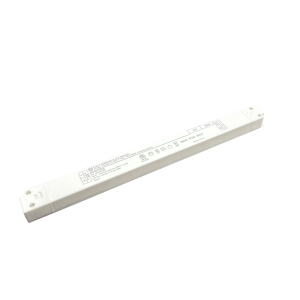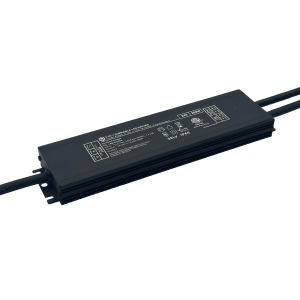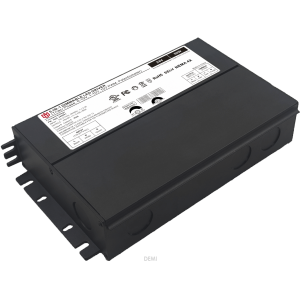What disruptive features will future versions of LED dimming power supplies have?
The evolution of LED dimming power supplies is poised to transcend traditional boundaries through six disruptive technological leaps that will redefine smart lighting systems globally. These advancements address critical pain points while unlocking unprecedented possibilities for designers, engineers, and end-users alike.
Intelligent Self-Calibrating Algorithms
Future units will integrate machine learning capabilities enabling real-time environmental analysis. By continuously monitoring ambient light levels, occupancy patterns, and user preferences across multiple zones, these systems automatically optimize dimming curves without manual intervention. This dynamic adaptation eliminates flicker at low brightness settings—a persistent industry challenge—while maintaining consistent color rendering indexes above 95 Ra across all intensity levels. Advanced predictive maintenance algorithms will also flag component degradation before failure occurs, reducing unplanned downtime by up to 70%.

Bidirectional Power Flow Architecture
Breaking free from unidirectional energy transfer limitations, novel bidirectional topologies allow surplus energy recapture during off-peak hours. When connected to building management systems (BMS), excess capacity feeds back into the grid or charges auxiliary storage banks. Field tests demonstrate energy recovery rates exceeding 18% during typical commercial operations, transforming lighting infrastructure into distributed microgrid nodes. This architecture supports both DC bus configurations and AC mains compatibility through hybrid converter modules.
Multimodal Interoperability Protocols
Standardization efforts like Matter™ will converge with specialized protocols such as DALI-2 over IP and Bluetooth® Mesh networking. New gateways enable seamless integration between legacy fixtures, IoT sensors, voice assistants, and cloud platforms via single-cable solutions carrying PoE++ standards. Engineers can now design unified control schemes where desk lamps respond to motion detected by security cameras, while warehouse highbays sync with conveyor speed parameters—all through a common API layer.
Nanosecond Precision Pulse Control

Leveraging GaN FET semiconductor breakthroughs, sub-microsecond switching frequencies achieve imperceptible stepless dimming below 0.1% duty cycle variation. This precision enables cinematic effects like lightning simulation or biological rhythm alignment (circadian entrainment) without visible stroboscopic artefacts. Laboratory measurements show harmonic distortion levels dropping below THD<3%, meeting strictest medical facility requirements while cutting electromagnetic interference by half compared to existing models.
Haptic Feedback Mechanisms
Tactile interfaces embedded within driver housings provide instantaneous system status updates through vibration patterns recognizable even with gloves worn. Assembly line workers gain instant confirmation of successful installation via unique vibration signatures, while maintenance crews diagnose faults through coded pulse sequences. Coupled with AR-guided apps displaying 3D thermal maps on mobile devices, troubleshooting time decreases from hours to minutes.
Scalable Modular Ecosystems
Snap-together chassis designs accommodate pluggable functional blocks including surge protectors, UV filters, and wireless relays. Facility managers upgrade performance incrementally—adding wireless mesh capability today, then integrating solar harvesting tomorrow—without replacing entire units. Case studies reveal payback periods under two years when retrofitting existing installations with modular upgrade kits featuring hot-swappable components rated for 100k operating cycles.
These convergence technologies signal a paradigm shift where lighting infrastructure becomes an active participant in building intelligence networks rather than passive load consumers. As regulatory bodies mandate stricter efficiency standards worldwide, manufacturers investing in these vectors now position themselves at the forefront of a $45 billion market projected to double by 2030.
 In heritage architecture prote
In heritage architecture prote
 When small-batch customization
When small-batch customization
 Have the electromagnetic emiss
Have the electromagnetic emiss
 When Triac dimmable power supp
When Triac dimmable power supp
